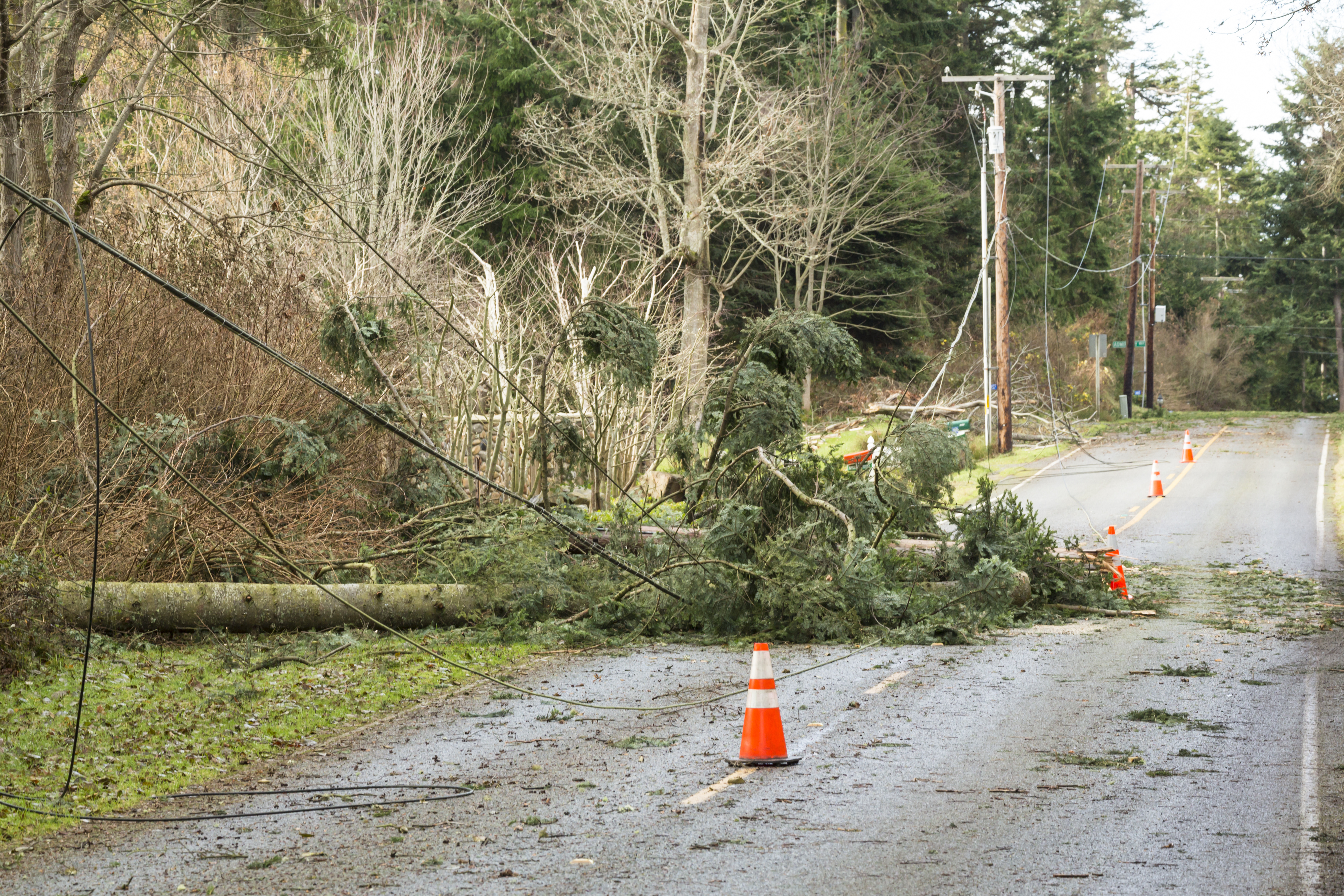Fallen Tree Trauma: How to Avoid and Manage Fallen Trees on Power Lines
In the 21st century, both technology and nature hold true beauty. We all love the tall standing trees that keep our backyards shaded while providing great accents for our landscape designs. And while we may not be as aesthetically pleased by them, we also have a deep appreciation for power lines, as most of us simply wouldn’t know how to survive without the electricity they provide. What we’re not a big fan of, however, is when these two things collide, quite literally. When a tree falls on a power line, it is almost guaranteed to wreak havoc on your yard. Dealing with this kind of outdoor crisis can be a real pain, but, luckily, we’re here to help make it easier for you. We also want to provide you with some tips on how to take preventative measures to avoid this happening. Whether you’re currently handling a tree and power line mishap and you’re looking for a little guidance on what to do next, or you’re just interested in how you can take precaution, read on to learn more.

Understanding the threats
First off, it’s important to understand why trees must be removed from power lines. Obviously, a gigantic tree resting on a thin power line is probably not the look you’re going for with your landscape. A fallen tree on a power line also clearly interferes with your electricity access. But even beyond the inconvenience it always sure to bring, several other things also warrant concern. For one thing, trees can sometimes pick up electricity currents from a power line when the two are too close together. This means that the voltage is carried through their trunks and is an immediate and serious threat to both people and animals who may come in contact with the electrifying tree. The voltage carried through the tree trunk can also be irritated by certain conditions, such as lightning strikes, which can cause a fire or produce an electric current so strong that it is life-threatening to anyone who comes near it.
How to take precaution
Fortunately, as said earlier, there are a few things you can do to help prevent trees from falling on power lines on your property. For starters, under no circumstance should you ever plant a tree near a high-voltage transmission line, as this can pose serious threats like those described above. However, it is okay to have certain trees that do not normally grow tall enough to disturb power lines, such as Trident, Amur, Paperback and Tartarian Maple, Flowering Dogwood, Crabapple, Hawthorne, Honeysuckle, Common Juniper, and the Japanese Lilac Tree. Contrarily, trees that are expected to grow taller, like Silver Maple, Norway Maple, Oak, and most spruces and firs, should never be planted anywhere near a power line.
There are also vegetation control efforts you may be interested in trying in order to avoid tree/power line accidents. Many tree professionals are certified in using herbicides, which are quick to attach firmly to surrounding soil in order to help prevent tree stumps from re-sprouting. They also are used in areas with a heavy brush to get rid of vegetation, yet they leave the stump standing in order to preserve animal habitats and help reduce the likelihood of future tree growth.
What NOT to do
There is a common misconception that one preventative measure landowners should take is cutting down suspicious branches that could potentially land on power lines. However, this can be extremely dangerous as well, since there is certain knowledge and tools that only trained individuals are equipped with. Still, tree trimming is one of the most effective measures you can take when trying to manage or prevent tree and power line-related catastrophes. Most tree professionals have a trimming procedure to follow, which usually involves chipping brush debris, cutting large chunks of wood from the line, and sometimes cutting down down a tree altogether. The leftover tree stump should also be treated properly by the professional in order to avoid regrowth.
So a tree has fallen on a power line on your property. What now?
If you were not able to take such precautions in time and are now stumped (Ha!) about what to do with a fallen tree on a power line on your property, don’t panic. Luckily, there are skilled professionals that are trained to handle the situation most optimally. Do not try to handle a fallen tree on your own, as even touching the branch or wire can have deadly results. Instead, you should always contact both your electric company and a local tree removing service. Your electric company may be the only company allowed to prune trees and branches from distribution and transmission power lines. However, since it is your responsibility as a homeowner to keep trees away from the service drop line, you should always contact a tree removal specialist to cut limbs and prune branches from your service line. The pricing of this service, of course, will vary based on a multitude of factors- including the tree’s size and the tree removal service company you select.
